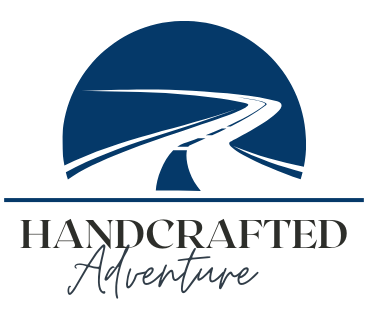After reading Justin’s story last week about how biking helped him move from burnout to breakthrough, I figured it was the perfect time to share a practical, beginner-friendly guide for anyone feeling the nudge to get back on a bike—or try it for the first time.
There’s something grounding about hopping on a bike—no pressure, no expectations, just forward motion. It’s one of those simple joys that helps you reconnect with your body, clear your mind, and ease back into movement—especially when you’re not sure where to start.
If it’s been years since you last rode (or you’re trying it for the first time as an adult), you’re in good company. This is a beginner’s guide to biking for real people—not racers. Just folks who want to feel a little stronger, a little clearer, and maybe even a little more adventurous.
When I got back on a bike after a long break, I wobbled like a kid—and then grinned like one, too. That first ride wasn’t fast or far, but it reminded me what movement can do for the soul.
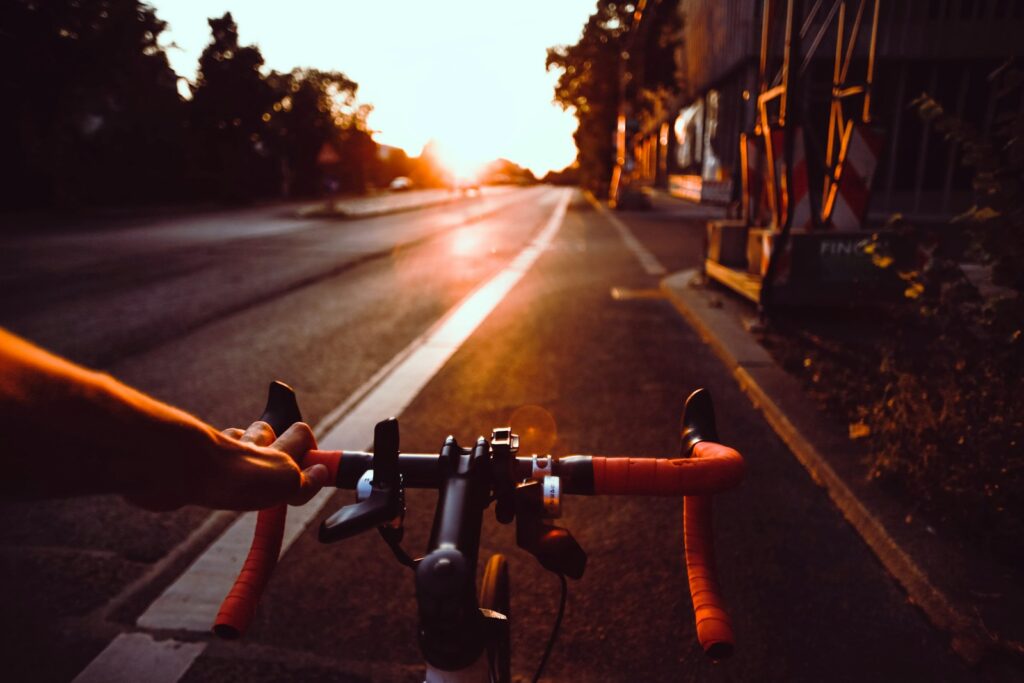
Why Biking Might Be the Reset You Need
Biking is one of the easiest ways to return to regular movement—and not just for the physical benefits. It’s freedom, fun, and a mental reset rolled into one.
- Low impact: Gentle on your joints but still builds strength and stamina
- Mental clarity: There’s something about pedaling through stress that helps you breathe easier
- Accessible: No gym needed—just a bike and a bit of open space
- Flexible: Ride solo, with a friend, or cruise a quiet trail
Want the science? Here’s a great breakdown on the Better Health Channel on the benefits of cycling for your body and mind.
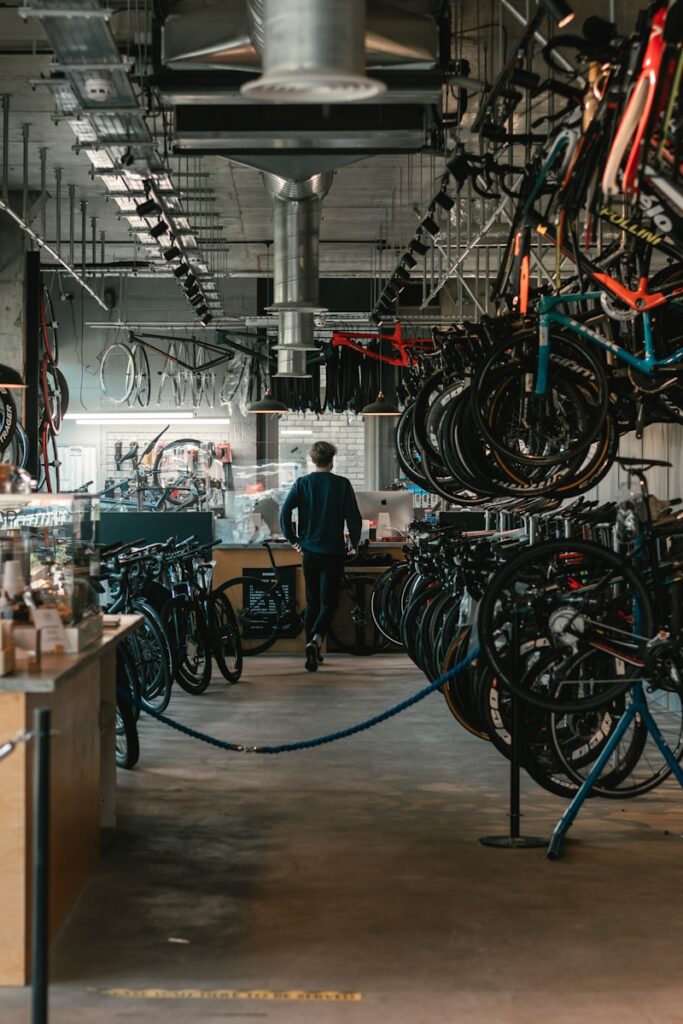
How to Choose the Right Bike (Without Overthinking It)
You don’t need a $2,000 bike. You just need something that fits your lifestyle and feels good to ride.
Popular bike types for beginners:
- Cruiser bikes: Perfect for flat, paved paths. Super comfy and casual
- Hybrid bikes: A mix of road and mountain styles—great for city rides, errands, or trails
- Mountain bikes: Heavier with suspension, built for trails and uneven ground
- Road bikes: Lightweight and fast—great for distance, but not ideal for beginners
If you’re riding for fun, fitness, or mental clarity, a hybrid or cruiser bike is often your best bet. Local bike shops can help you find the right fit, or use sizing charts from retailers like REI or Trek if shopping online.
How to Know If Your Bike Fits
A bike that fits = smoother rides, better comfort, and more confidence.
- You should be able to stand over the top bar with a little room
- When seated, your leg should have a slight bend at the bottom of the pedal stroke
- You shouldn’t feel like you’re reaching or crunched in—your arms should feel relaxed
Trust your instincts. If something feels off, it probably is.
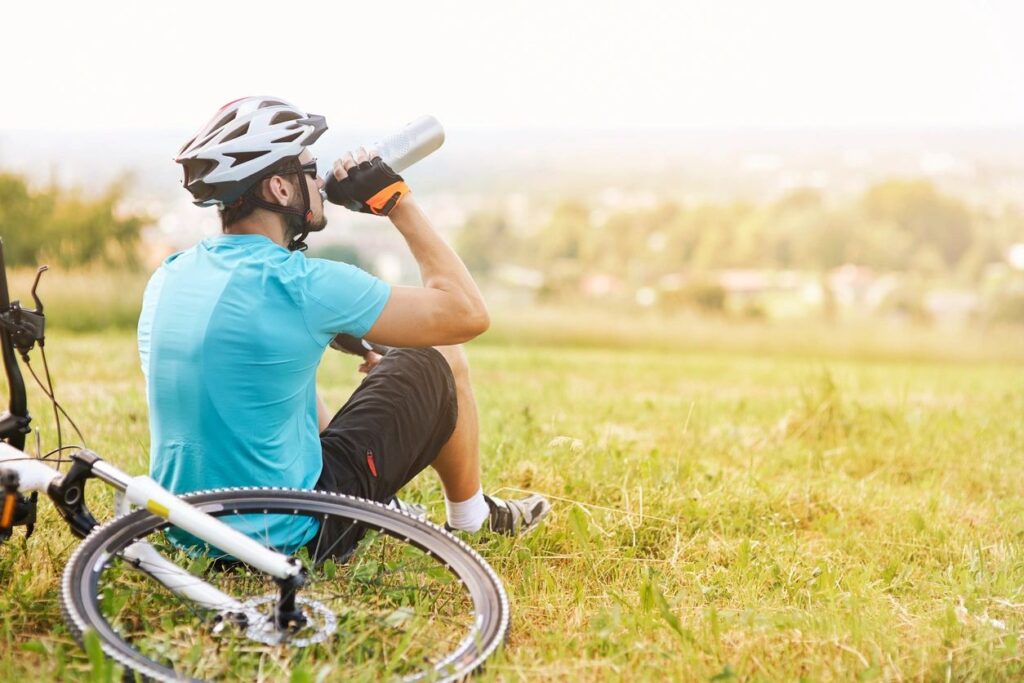
What You Actually Need to Start Riding
You don’t need full-on cycling gear. Just a few biking essentials for beginners will set you up for a safe, enjoyable ride.
Starter Gear:
- A bike that fits and works reliably
Visit your local bike shop the best advice and help. - Helmet (fit matters—snug but not tight)
Affiliate Pick: Giro MIPS Helmet - Water bottle + holder
Affiliate Pick: Polar Breakaway Insulated Bottle - Bike lights if you’ll be out near dusk
Affiliate Pick: 6400mAh Bike Lights for Night Riding - Flat repair kit or multi-tool
Affiliate Pick: Crankbrothers Multi-Tool - Lock if you’ll be parking your bike anywhere
Affiliate Pick: Kryptonite U-Lock with Cable
What to Wear:
You don’t need special clothes. Just wear what’s comfortable:
- Closed-toe shoes with decent grip
- Stretchy or non-restrictive clothes
- A light jacket or layer if it’s breezy
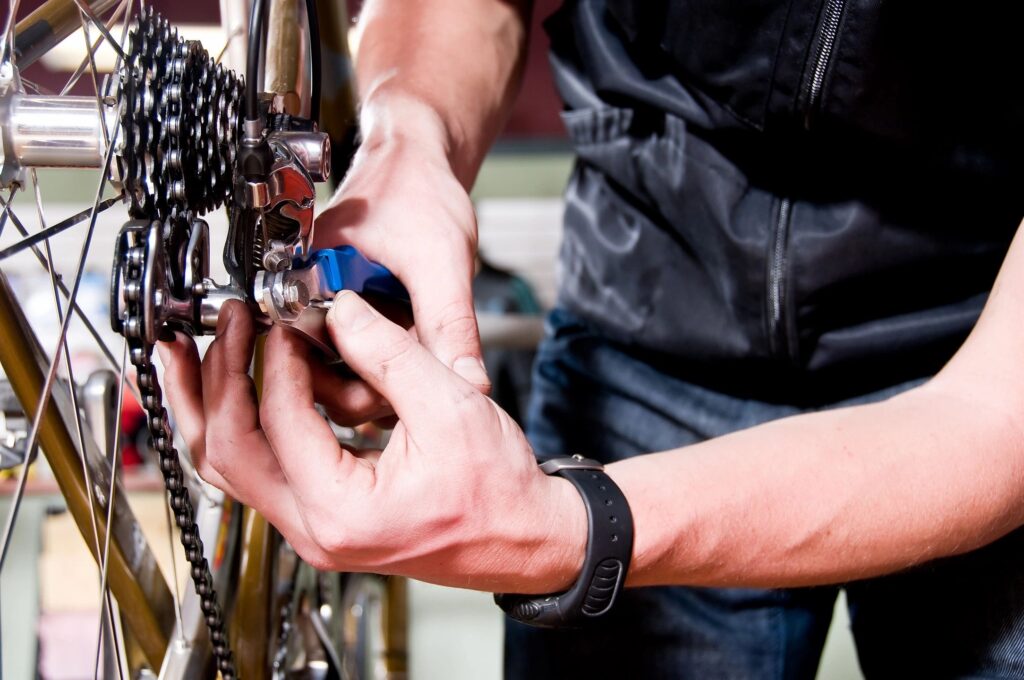
First Ride Checklist
Before you roll out, here’s a quick pre-ride check:
- Helmet adjusted + buckled
- Tires inflated (they should feel firm)
- Brakes working and responsive
- Water bottle filled
- Route planned
- Phone + emergency contact info (just in case)
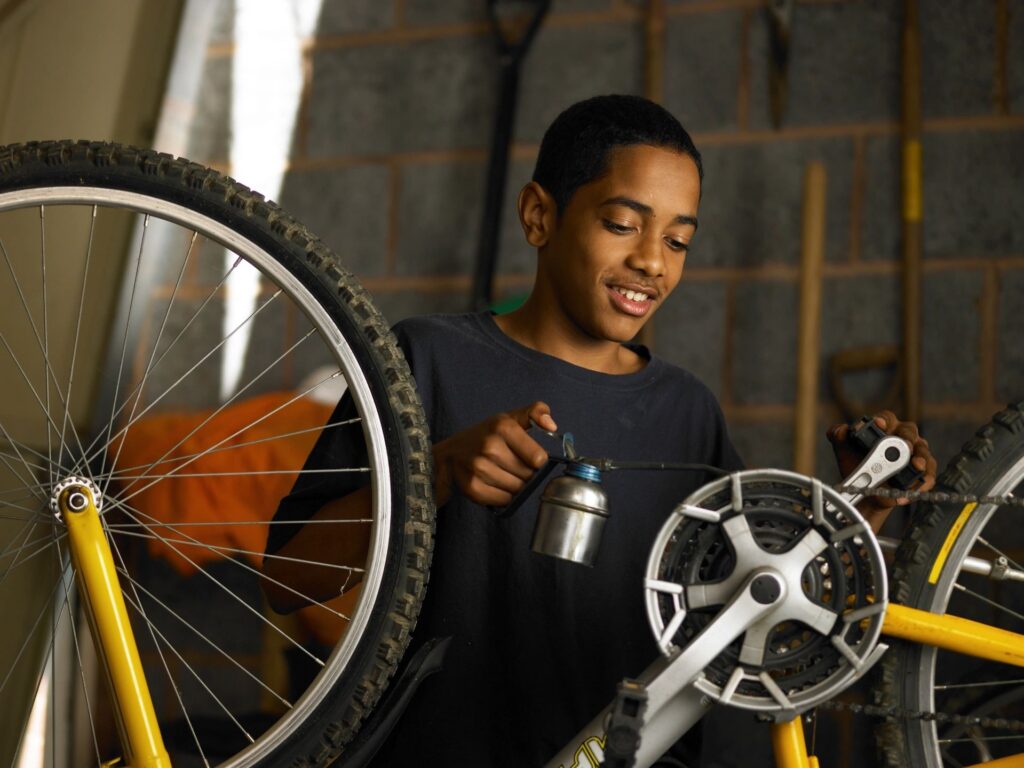
Basic Skills That Make a Big Difference
You don’t need to know it all, but learning a few simple things helps you ride with more confidence.
- Intro to Bike Maintenance – REI
- How to Change a Flat Tire – Bicycling.com
- How to Clean & Lube a Bike Chain – REI
- Basic Bike Fit Tips – Liv Cycling
Bike Safety Rules & Trail Etiquette
Keep it simple. A few basics go a long way:
- Ride with traffic (not against it)
- Signal turns with your hands
- Be predictable and visible
- Say “on your left” when passing on trails
- Follow all posted signs and local traffic laws
Easing Into It: How to Start Biking Again (Without Overdoing It)
You don’t have to train. You just have to begin.
- Start with 15–30 minutes of easy riding
- Choose quiet roads, greenways, or local parks
- Don’t worry about speed or distance
- Add 5–10 minutes each week as you feel ready
- Celebrate every milestone—especially the small ones
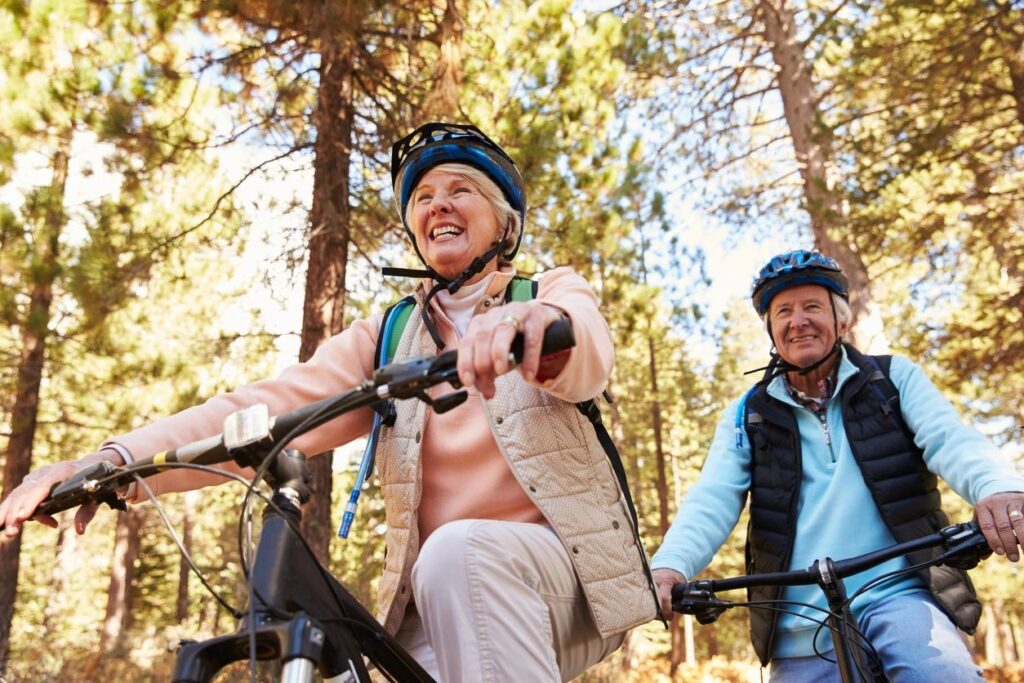
The Benefits of Biking for Strength and Peace of Mind
This isn’t about being an athlete. It’s about feeling stronger, clearer, and more like yourself again.
- Builds leg, core, and cardiovascular strength
- Increases energy without burnout
- Supports mood, sleep, and mental clarity
- Reduces stress and anxiety
- Can be a workout, a joy ride, or a quiet escape
Want to know more? Mental Health Benefits of Cycling
If You’re Nervous, That’s Okay
Seriously—you’re allowed to feel unsure. You’re allowed to walk your bike. You’re allowed to go slow.
There’s no performance pressure here. Just movement that brings you back to life, one ride at a time.
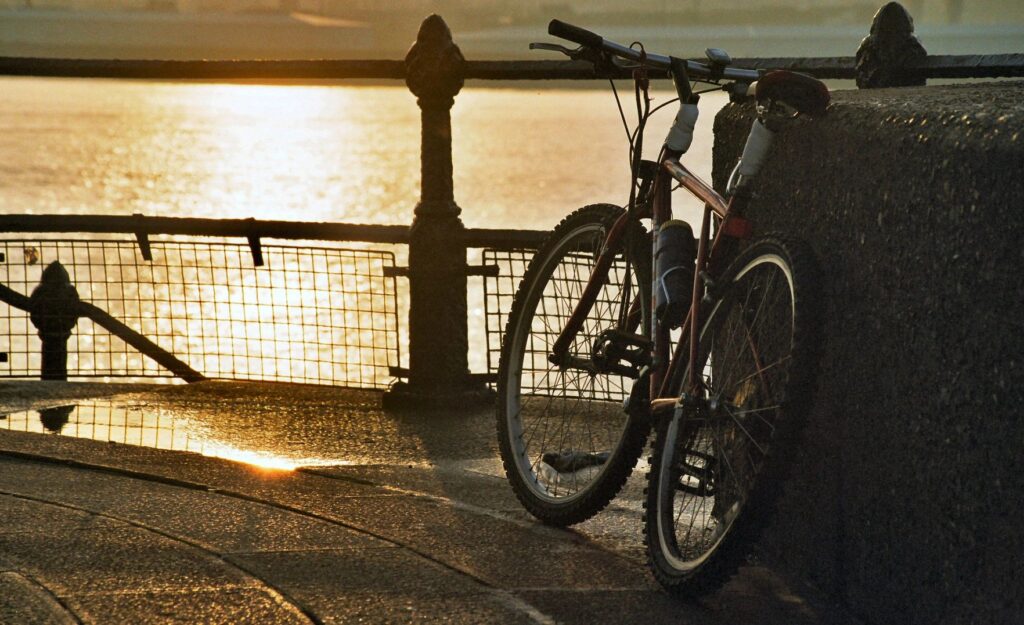
Everyday Adventure Is Enough
You don’t need mountains or miles. Everyday biking can be its own adventure:
- Ride to your favorite coffee shop
- Cruise a nearby trail
- Explore a new neighborhood
- Bring your bike on a weekend getaway
Tools like Komoot and Ride Spot make it easy to find beginner-friendly routes near you.
Ready to Ride?
Now that you know how to start biking again, it’s your turn to take the first step—or pedal.
Whether it’s two blocks or two miles, what matters is that you show up. You’re stronger than you think—and the trail’s waiting.
Disclaimer:
The information provided in this blog post is for educational and informational purposes only and is not intended as medical or health advice. Always consult your physician or qualified health professional before beginning any new exercise program, especially if you have existing health conditions, injuries, or concerns. Handcrafted Adventure LLC and the author disclaim any liability for any adverse effects or consequences resulting from the use of any suggestions, exercises, or products discussed in this post. Participation is at your own risk.
Want More Like This?
If you’re in a season of starting over, getting stronger, or just figuring things out one step at a time—this space is for you.
Subscribe to the Handcrafted Adventure newsletter for stories, tips, and encouragement to help you live with more energy, purpose, and joy—whatever that looks like for you.
